Warrior statues are among the most outstanding artistic achievements of pre-Roman Gallaecia. They represent outsized males with a short sword or dagger, a small round shield (caetra), torc, bracelets (viriae), decorated belt and decorated dress. In some cases, they have a beard (Lezenho) and in one example, the head is covered with a helmet (Sanfins). The weapons, specially the famous caetra, have been also described in Greek and Roman texts (Strabo 3, 3, 5). The decorated belts are especially interesting: the existence of magic belts has been noted amongst Phoenicians and Punics (Blázquez 1991: 90-97), and they could have reached Gallaecia through the Semitic merchants that regularly visited the northwest coasts in search of tin and gold. The best warrior statues come from Lezenho, an unexplored hillfort near the Támega River, in the northwest of Portugal. All the examples were made of granite, as were virtually all other sculptural works in the northwest of the Iberian Peninsula. Unfortunately, as is the case with most of the statuary, only a couple of pieces have been found in an archaeological context. These are the remains from the Sanfins' acropole and the feet - wedged in an outcrop - found at the same oppidum (Silva 1999:16). The problem with the former is that they were found in a secondary position and purposefully demolished in what seems to have been a sacred area, used in the first half of the first century AD. The feet have no archaeological materials associated with them; however, it is interesting to note their location. The statue was situated in a prominent place among huge rocks beside the main gate of the second enclosure of the oppidum. The figures probably represent idealized warrior aristocrats (heroes) that symbolically protected the entrance to the settlements, while at the same time making explicit the power of the ruling elite. Parallels have been proposed with the late Hallstatt statues from Germany, such as those from the Glauberg and Hirschlanden (Höck 1999). However, the Gallaecian warrior statues were probably produced in the late second and first centuries BC and always appear linked to oppida or hillforts, while the Hallstatt examples are from the sixth to fifth centuries BC and are found in funerary contexts. In addition, there is too wide a spatial gap between southern Germany and northwestern Iberia. Warrior statues have appeared in several locations in northwestern Portugal and in the province of Ourense (Galicia) in the oppida of Rubiás and Armeá.
There are also smaller representations of warriors, most of them from southern Galicia, whose date may be earlier, although we lack any contextual data. The most famous image is the warrior from Capeludos, from northeastern Portugal, who wears a cap extraordinarily similar to that of the Hirschlanden warrior. Finally, some stone heads, probably depicting warriors, have been discovered in Galicia. There are only three good examples: Castro do Río, Anllo (both in Ourense) and Ralle (Lugo). They are oversized heads wearing torcs and probably helmets, although the less realistic detail and the rougher treatment of the surfaces prevent an easy identification (Fig. 3). The emphasis on warrior representations fits well with the situation of instability and endemic warfare that characterized the Iberian Peninsula in the second and first centuries BC. Internecine conflict and wars against Rome probably encouraged inequalities within hillfort communities, especially in southern Gallaecia, the region that was in closer contact with Lusitanians and other warlike peoples, continuously menaced by the Roman expansion. Mercenaries and warlords probably made the most, in social and political terms, of this turbulent situation.
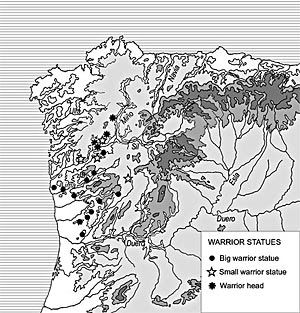
Figure 3. Distribution of different kinds of warrior statues. After González-Ruibal (2003a).
Two warrior statues, Lezenho hillfort (Vila Real, Portugal) (Fig. 4).
The statues from Lezenho are the finest found in Gallaecia up to now. They show an astonishing degree of realism and detail. Both statues presented here have torcs, belts, round shields and daggers. One of them (B) has a dress decorated with interlaced S-patterns, the same pattern to be found in architectural decoration. Four statues in total are known from Lezenho hillfort. Bibliography: Silva (1986: 305-307; Est. CXX, 1-2); Calo Lourido (1994: 292-302; 2003: 10-4, Pls. 10-21); Schattner (2003). Museu Nacional de Arqueologia e Etnologia (Lisboa).

Figure 4. Two warrior statues from Lezenho. After Silva (1986).
Warrior statue, Citânia de São Julião (Braga, Portugal) (Fig. 5).
This statue shows the most elaborate dress of any warrior representation known from Gallaecia. The skirt has the same diamond-shaped pattern found in other statues (Lezenho, Monte Mozinho). The shirt, however, has abstract vegetal motifs of eastern Mediterranean origin that somewhat recall La Tène-style pieces. The motif on the right shoulder is a stylized palm-tree, very common in Iron Age orientalizing and post-orientalizing art (see Blanco Freijeiro 1957: 174-196). Some examples in architectural decoration can be identified in northwestern Iberia from Lansbrica and Coeliobriga, in Ourense, Galicia, (Calo Lourido 1994: 443, 1-2) and Briteiros, northern Portugal (Calo Lourido 1994: 180), among other sites. The following inscription can be read on the warrior's shield: Malceino / Dovilonis / F, i.e. "Malceinus, Dovilo's son". The front part of the belt has a multi-armed swastika, perhaps with an apotropaic meaning. The fact that those elements decorating houses and ritual saunas also appear in warriors' dress, reveals an appropiation by the ruling elite of powerful cosmological symbols. This was one of the latest warrior statues to be discovered, in the early 1980s. Bibliography: Martins and Silva (1984); Silva (1986: 305-306; Est. CXX, 4); Calo Lourido (1994: 450-455; 2003: 19-20, Pls. 30-32); Koch (2003); Schattner (2003). Unidade de Arqueologia da Universidade do Minho.
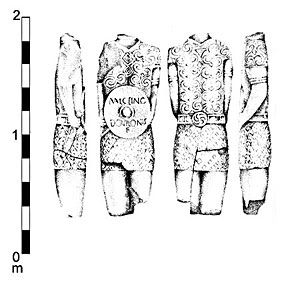
Figure 5. Warrior statue from São Julião. After Silva (1986).
Warrior statue, Sanfins (Porto, Portugal) (Fig. 6).
As has already pointed out already, the feet were found wedged among big boulders near the oppidum's entrance gate while the other fragments were dug up in a wide rectangular building along with anepigraphic altars in the central part of the settlement. The dismemberment of the statue in early Roman times might have been part of a ritual performance. If so, it would suggest a shift in the foundation and representation of power. The style looks coarse, compared with other statues. The helmet, although perhaps not a Montefortino (Quesada 2003: 98), seemingly predates the Roman conquest. Quesada attributes it to Caesarian times (Buggenum type, see also Quesada 1997: 555-558). This is the only full warrior statue wearing a helmet. Bibliography: Paço (1968); Calo Lourido (1994: 484-487, 493; 2003: 21-22, Pls. 37-39); Silva (1999: 16, 31); Schattner (2003). Museu Arqueológico da Citânia de Sanfins (Paços de Ferreira).
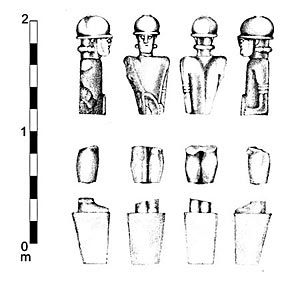
Figure 6. Warrior statue from Sanfins. After Silva (1986).
Warrior statue, Santa Comba hillfort (?). Refojos de Basto (Vila Real, Portugal) (Fig. 7).
This huge statue (206 cm) wears the characteristic belt, round shield, dagger and viriae on both arms. The belt has a small triskel as a decoration in the back, the same used in architectural decoration. As has been said, this was probably considered a magical protective device. One of the most interesting features of this work is the presence of feet, seldom preserved in warrior statues, seemingly encased in a pair of closed (leather?) boots and shin pads (knemides). In addition, this is one of the few warrior statues with a sword, which is unsheathed over the right part of the torso. It bears a Latin inscription on the lower part of the shield: "Artifices / Calubrigens /es. et. Abianis / F(aciendum). C(uraverunt)", whose interpretation remains obscure. Apparently, the "faciendum curaverunt" refers to the inscription itself and the statue could have been reused as a landmark between both populi. Bibliography: Silva (1986: 307; est. CXXII, 1); Calo Lourido (1994: 509-515; 2003: 23-24, Pls. 40-43); Koch (2003); Schattner (2003). Private collection.
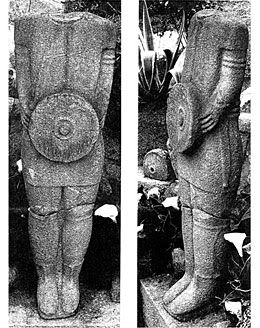
Figure 7. Warrior statue from Santa Comba. After Calo (2003).
Warrior head, Anllo (Ourense) (Fig. 8).
The lesser quality of the work, as compared to the full warrior statues (e.g. Lezenho), is evident. The face has been roughly shaped and there is no attempt to provide a naturalistic image. Besides, the surface is badly eroded, making it difficult to ascertain whether the head was wearing a helmet or not. Slight traces of the paragnatide can be glimpsed on the left cheek. The torc, on the contrary, although not realistic, is quite obvious. The sculpture is 44 cm high. It was discovered not far from an Iron Age defended settlement, although this date is far from certain in the hillfort-crowded landscape of Galicia. Bibliography: Orero Grandal (1986: 95-98); Calo Lourido (1994: 81-83; 2003: 6, Pl. 1); Schattner (2003). Museo Arqueolóxico Provincial de Ourense.
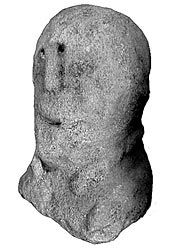
Figure 8. Warrior bust from Anllo. Author's photograph.




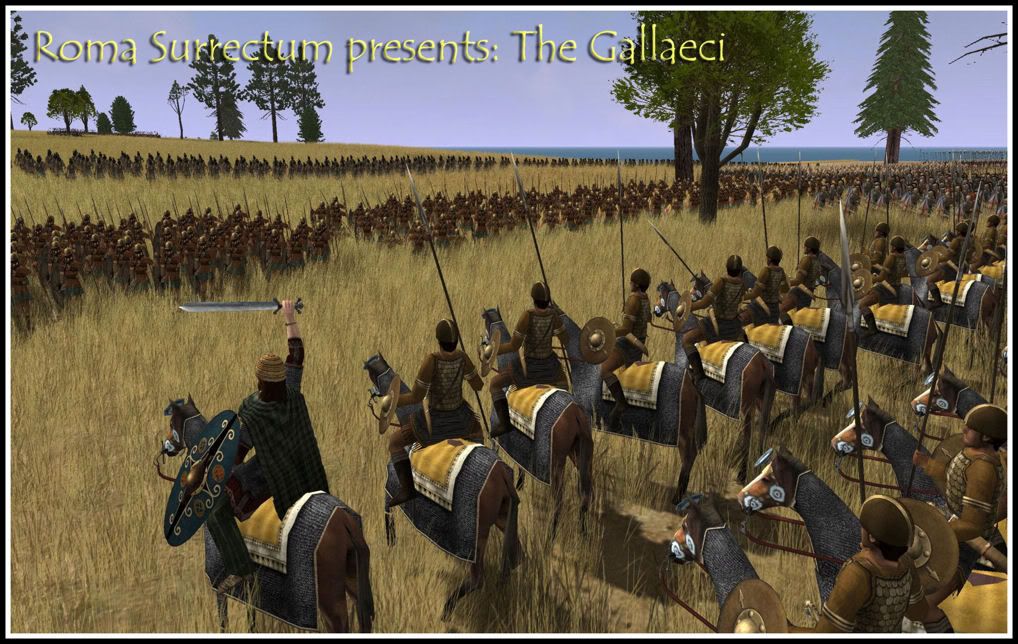


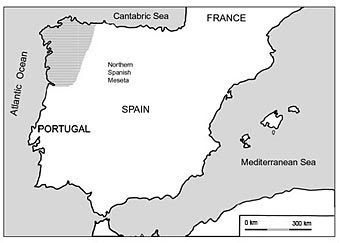
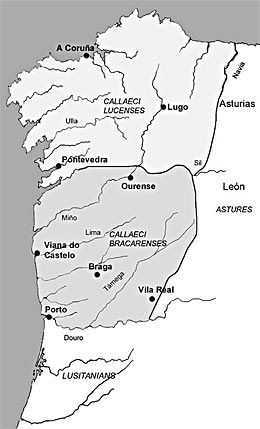

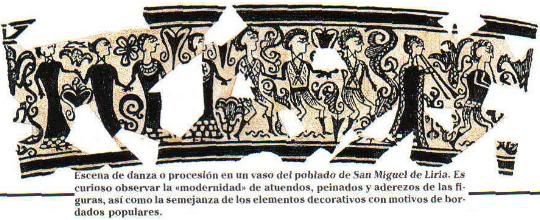
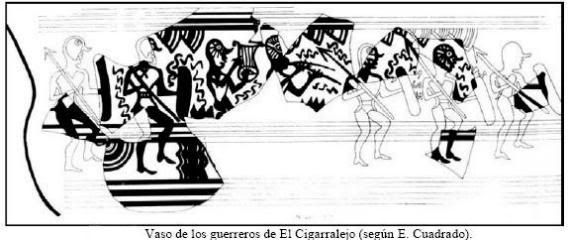

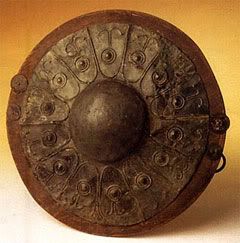






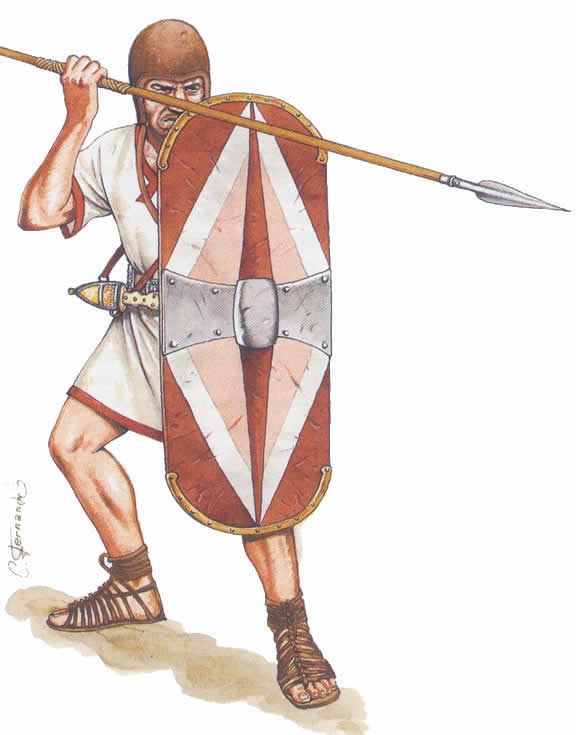



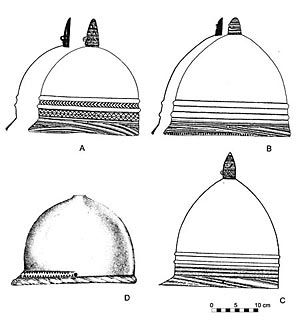

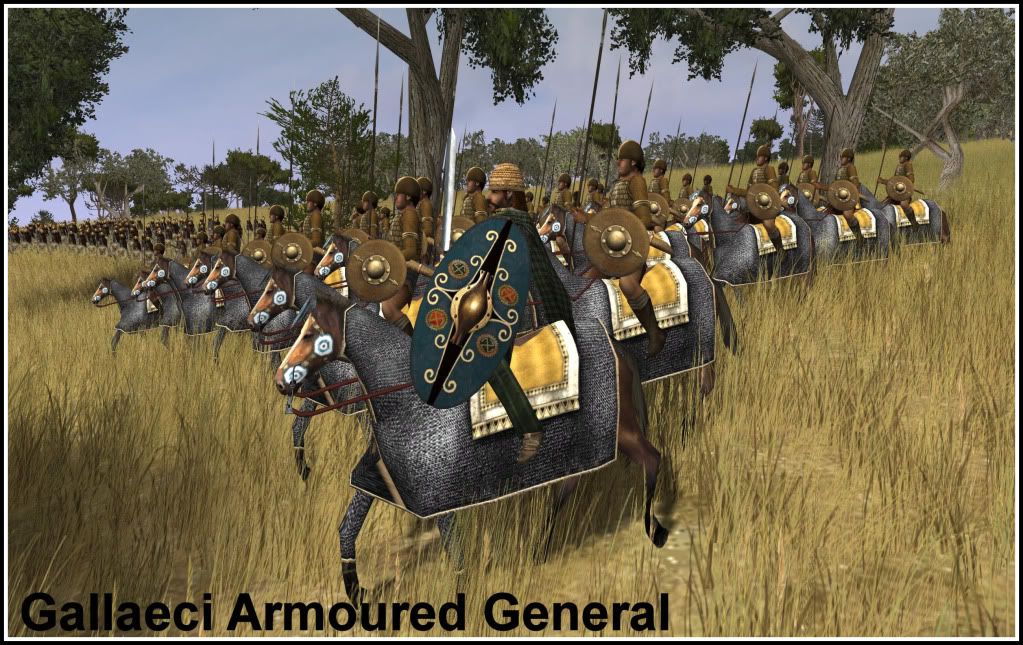


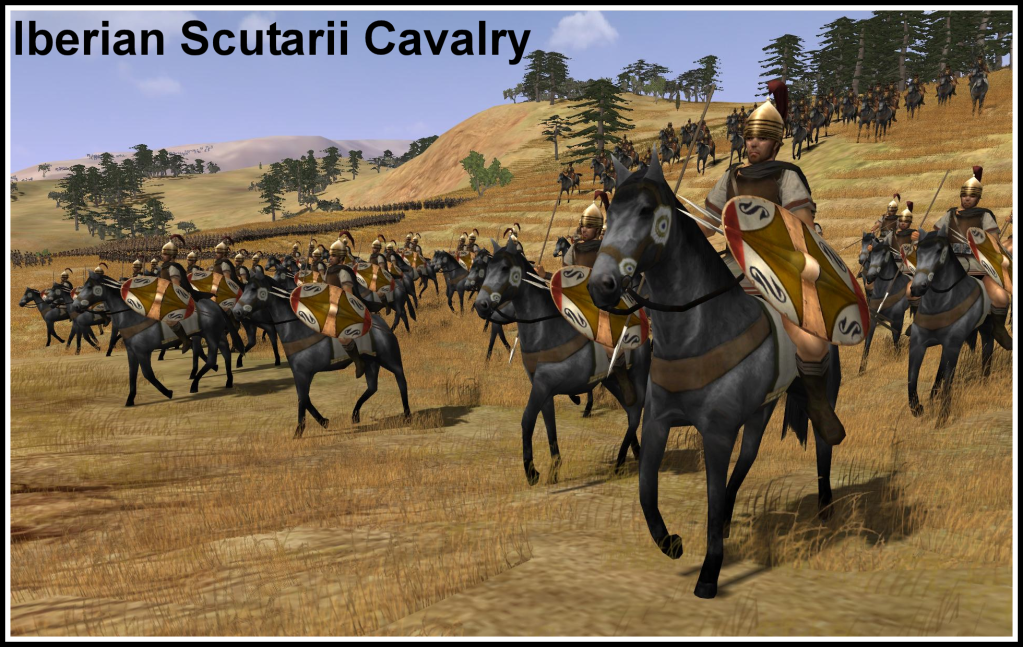
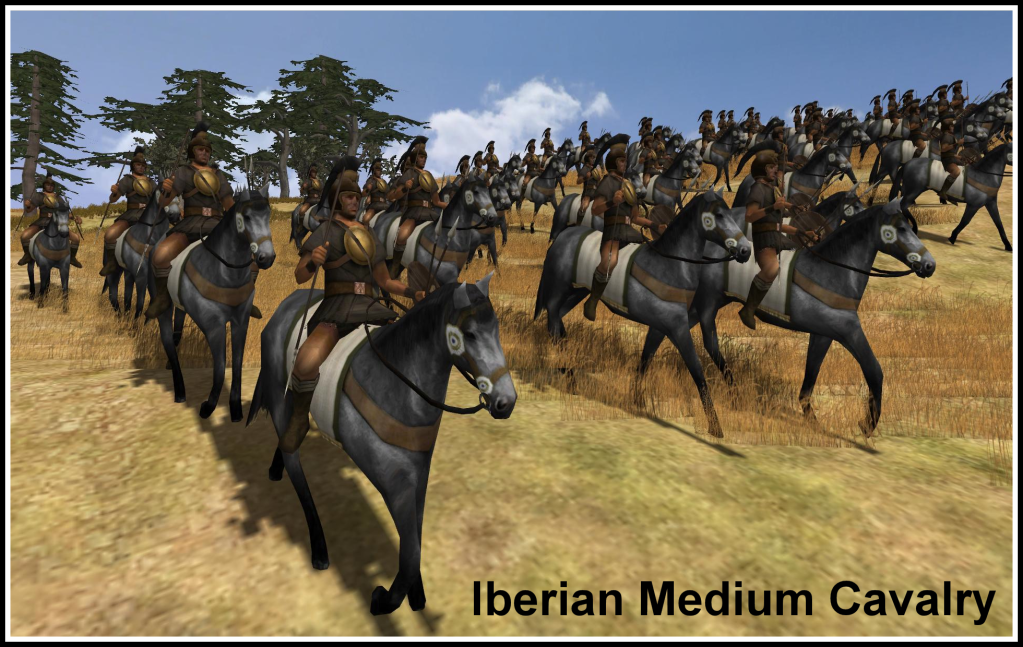
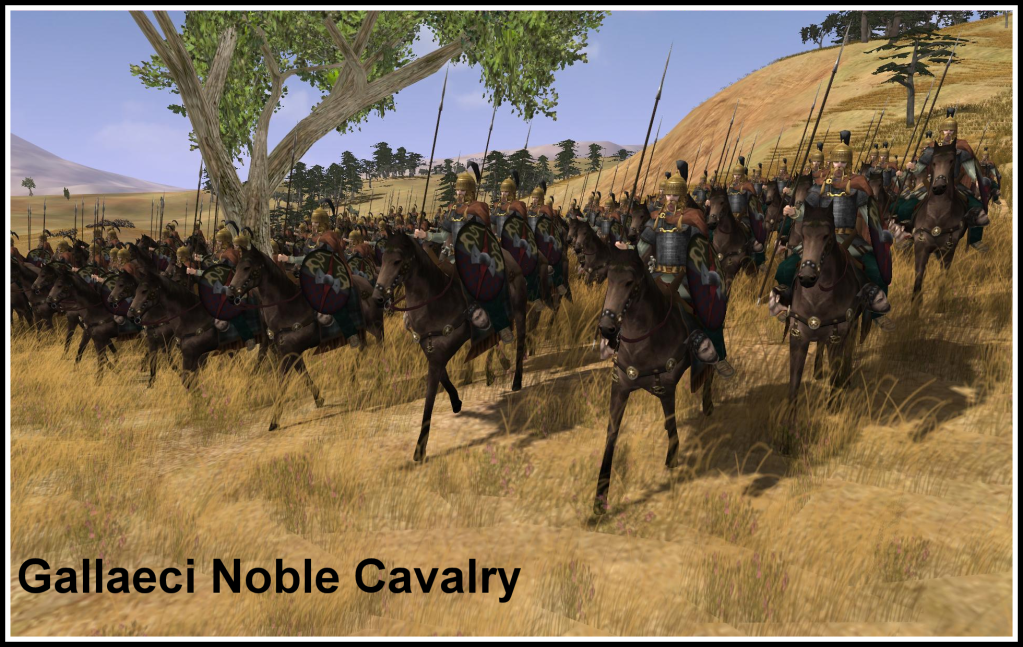
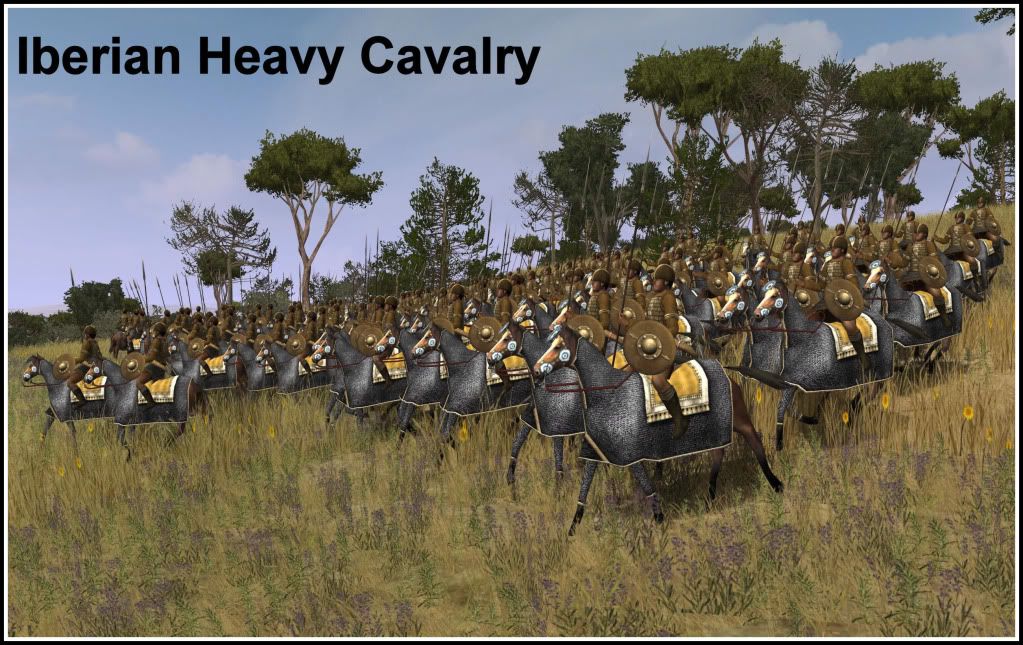

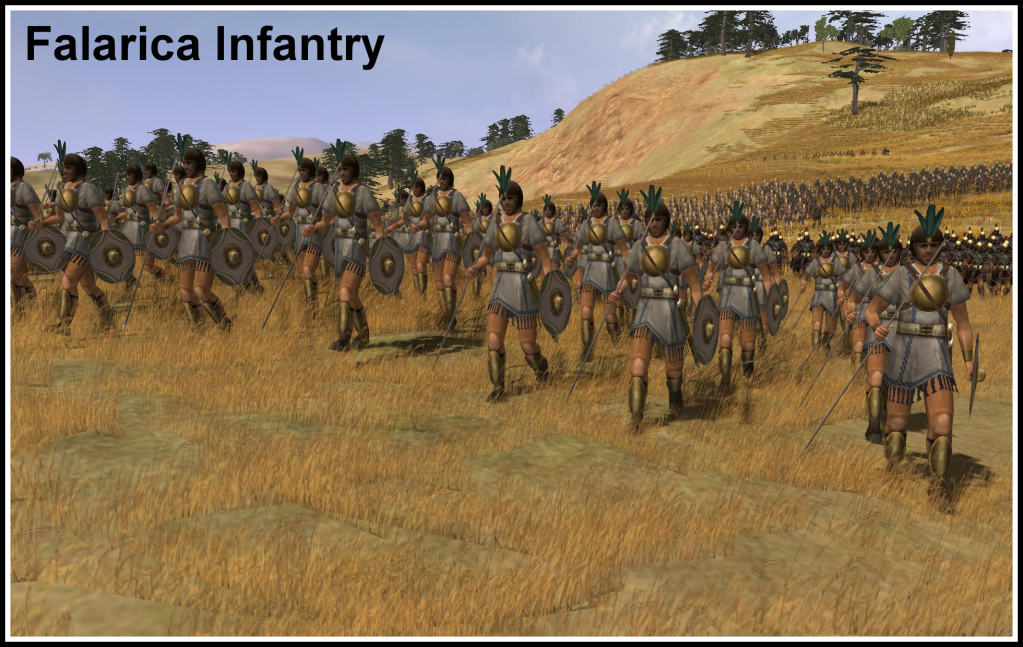
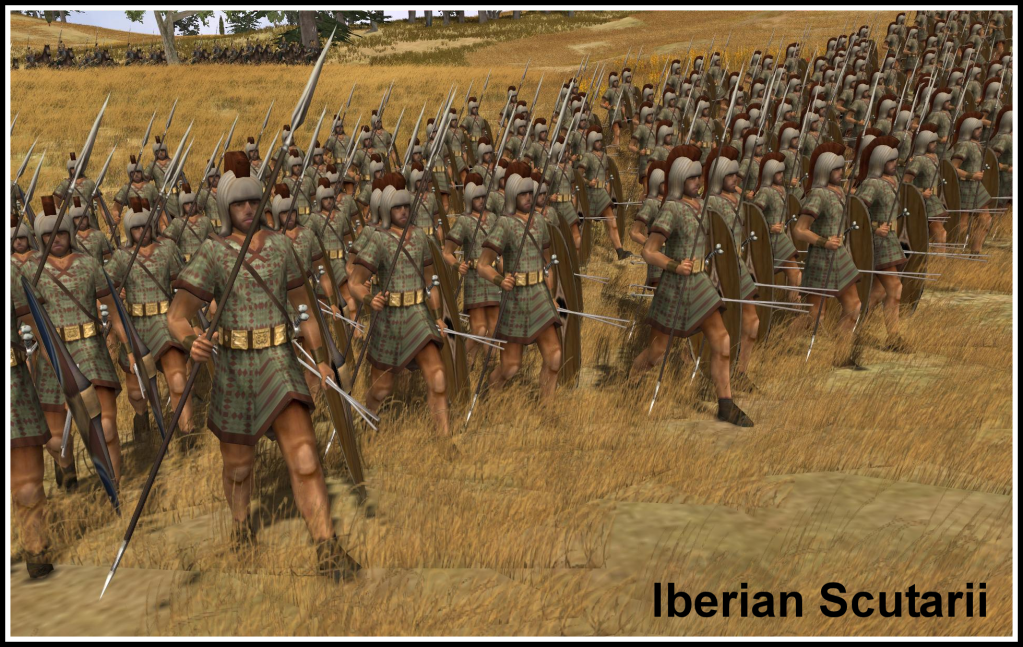

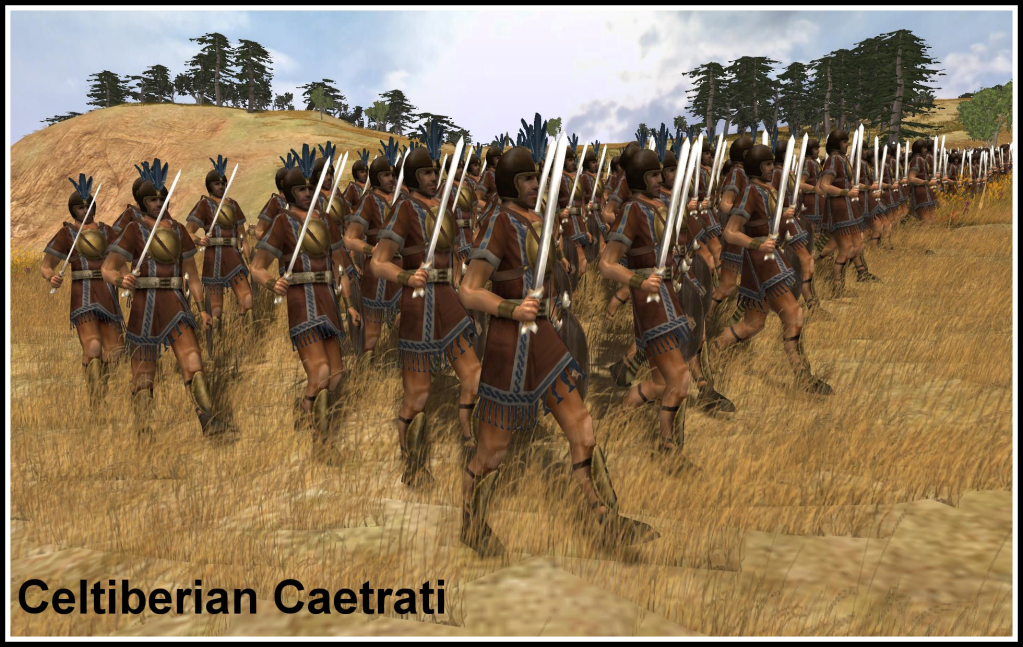
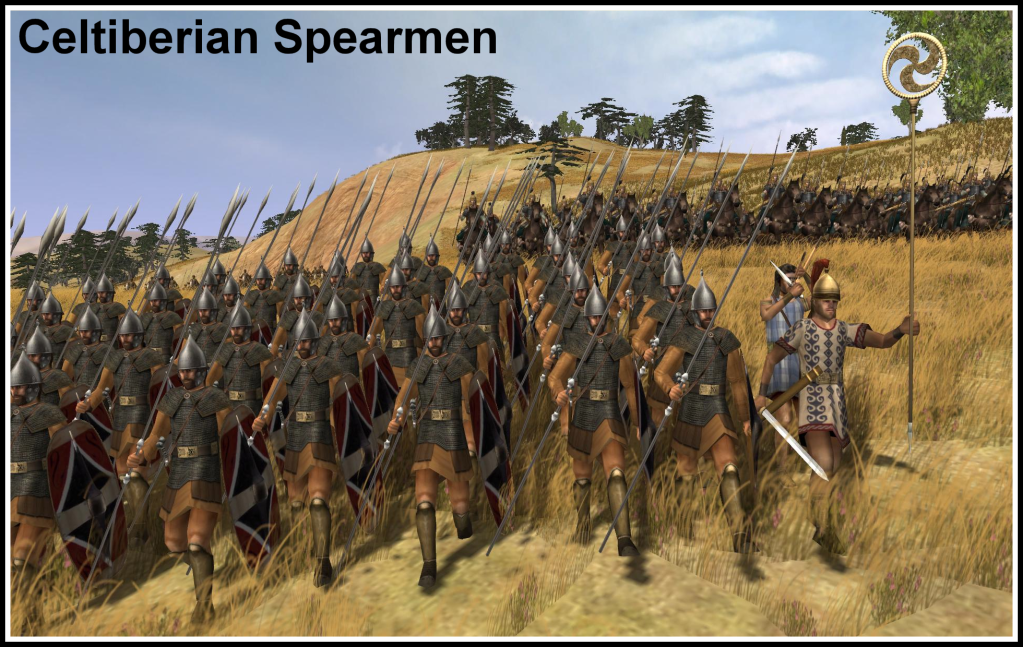
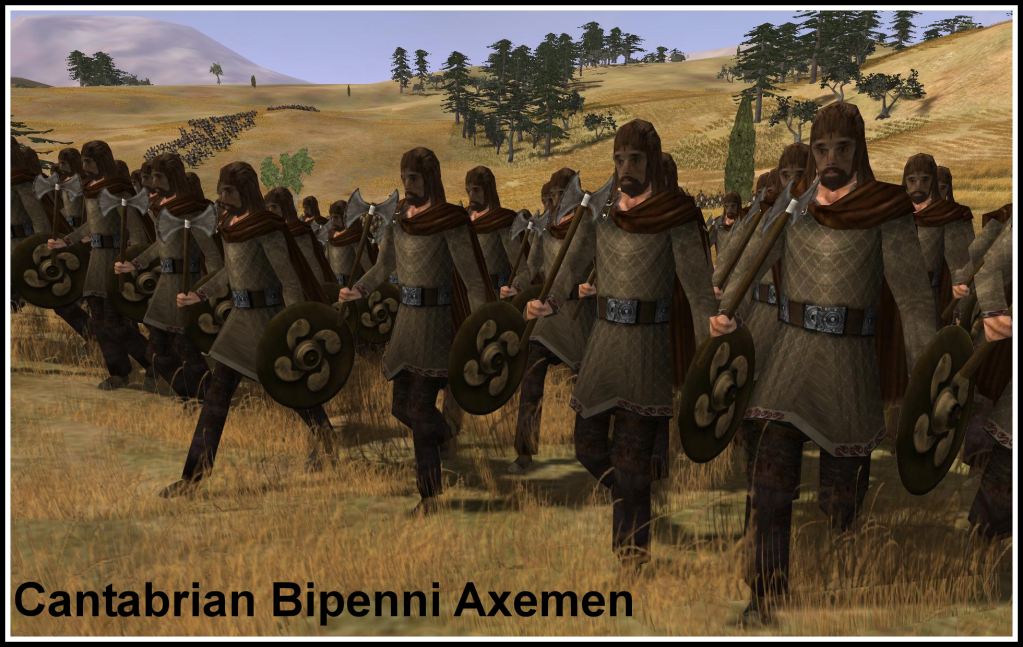

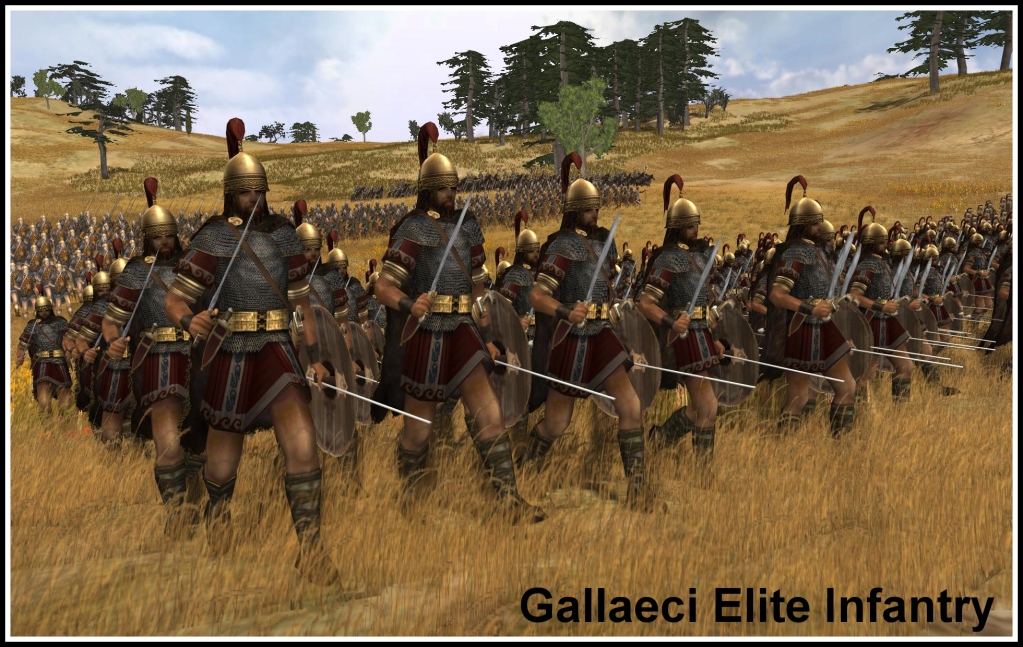

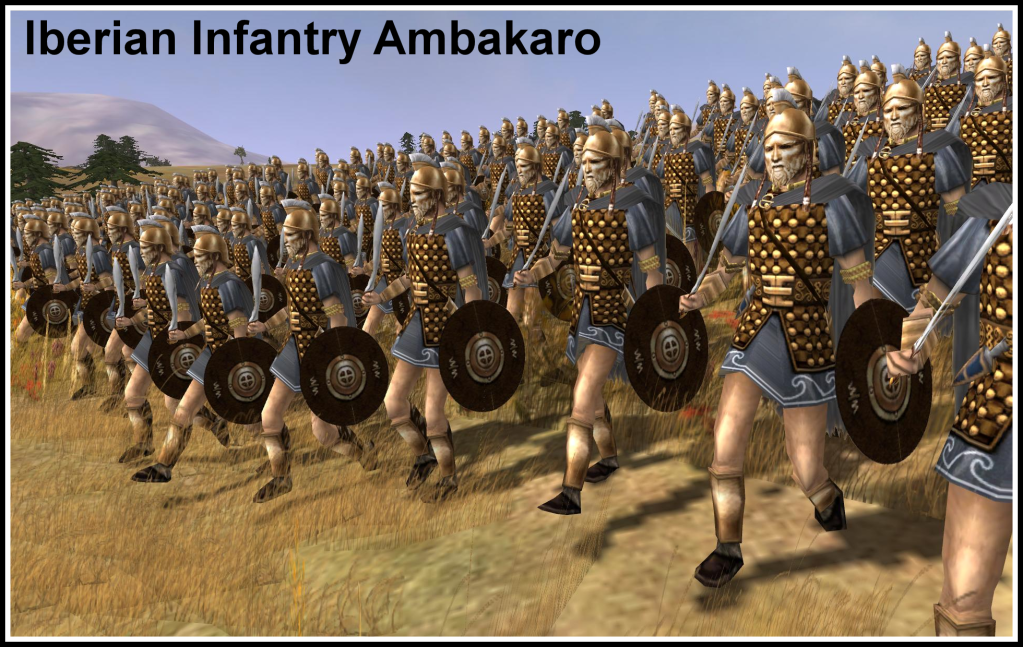


























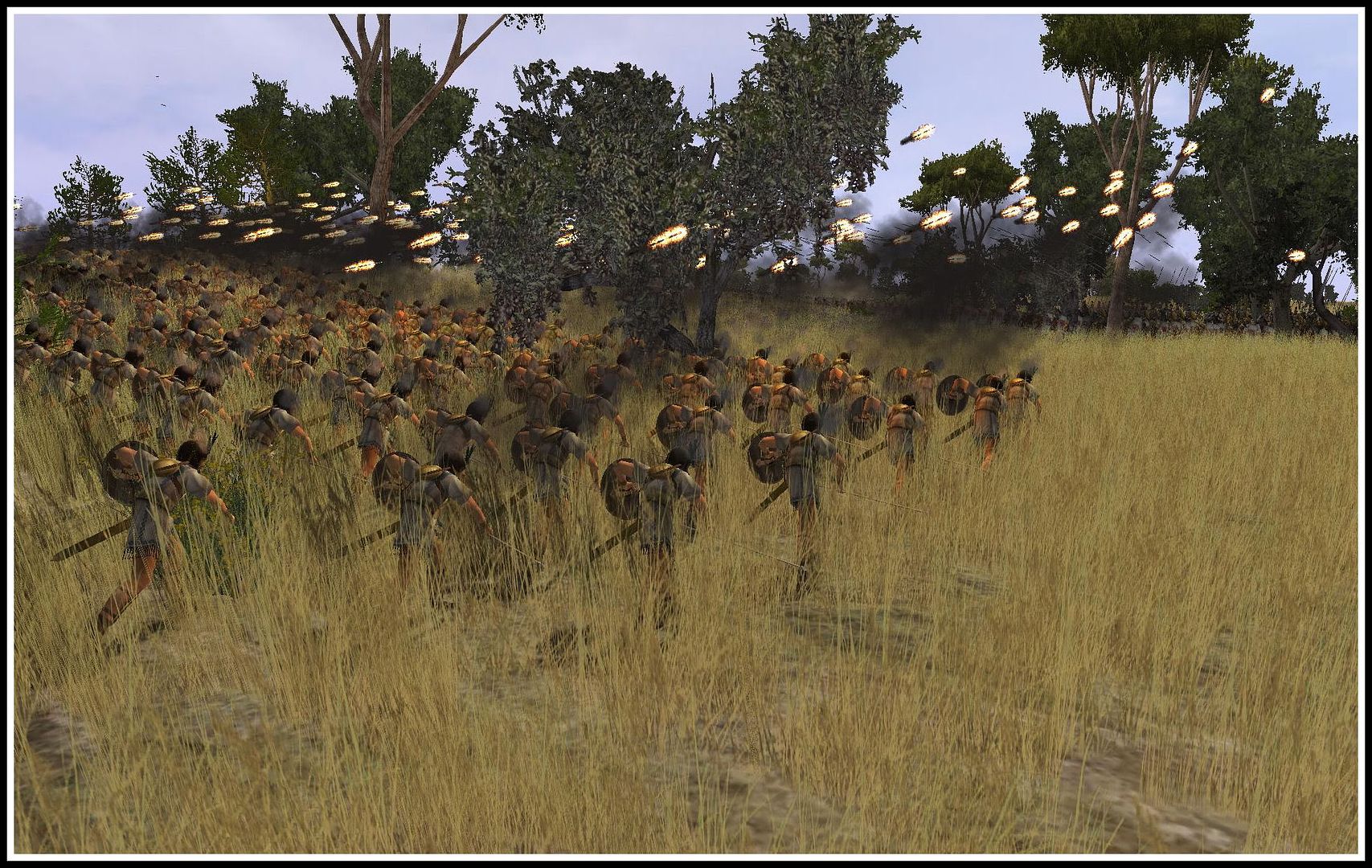


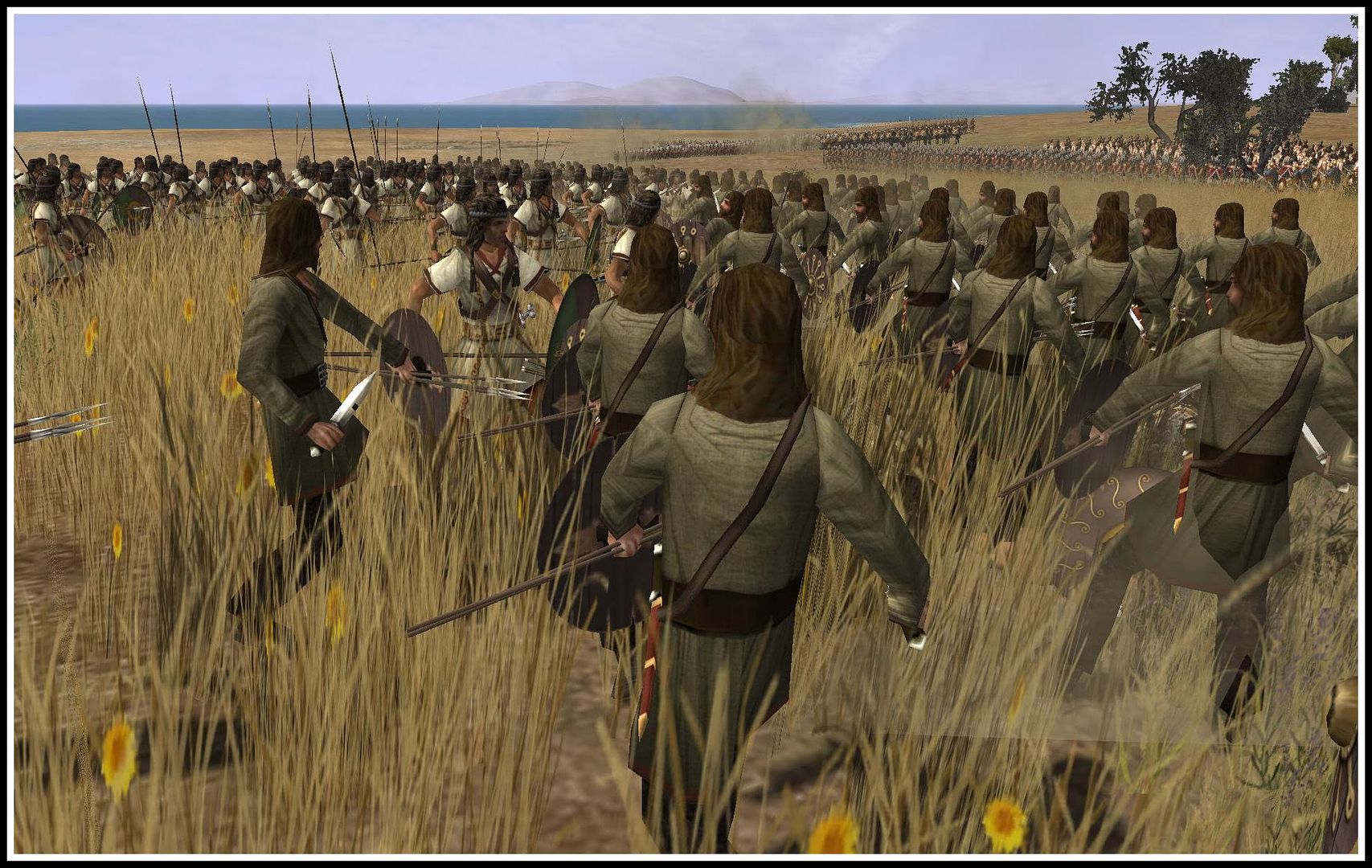
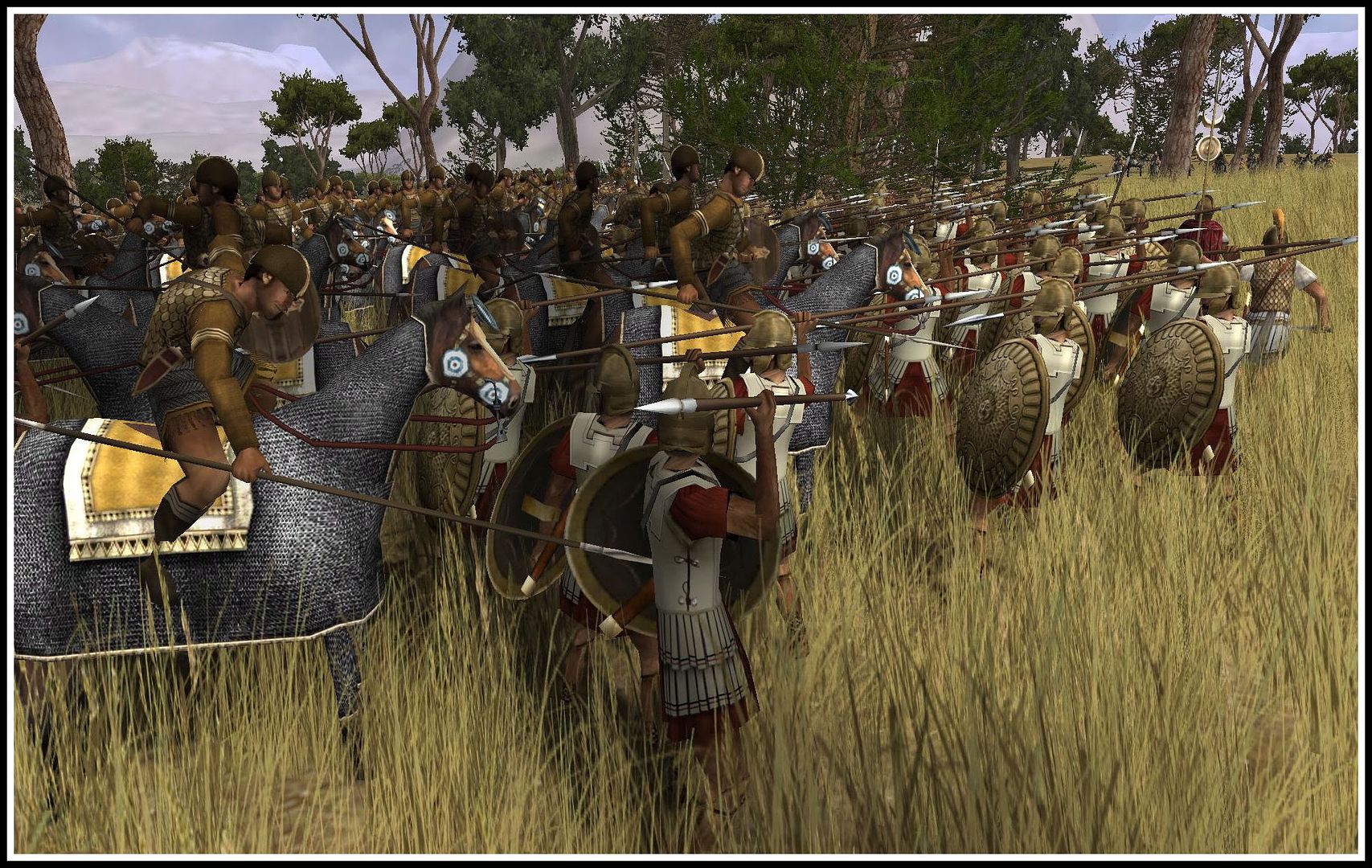
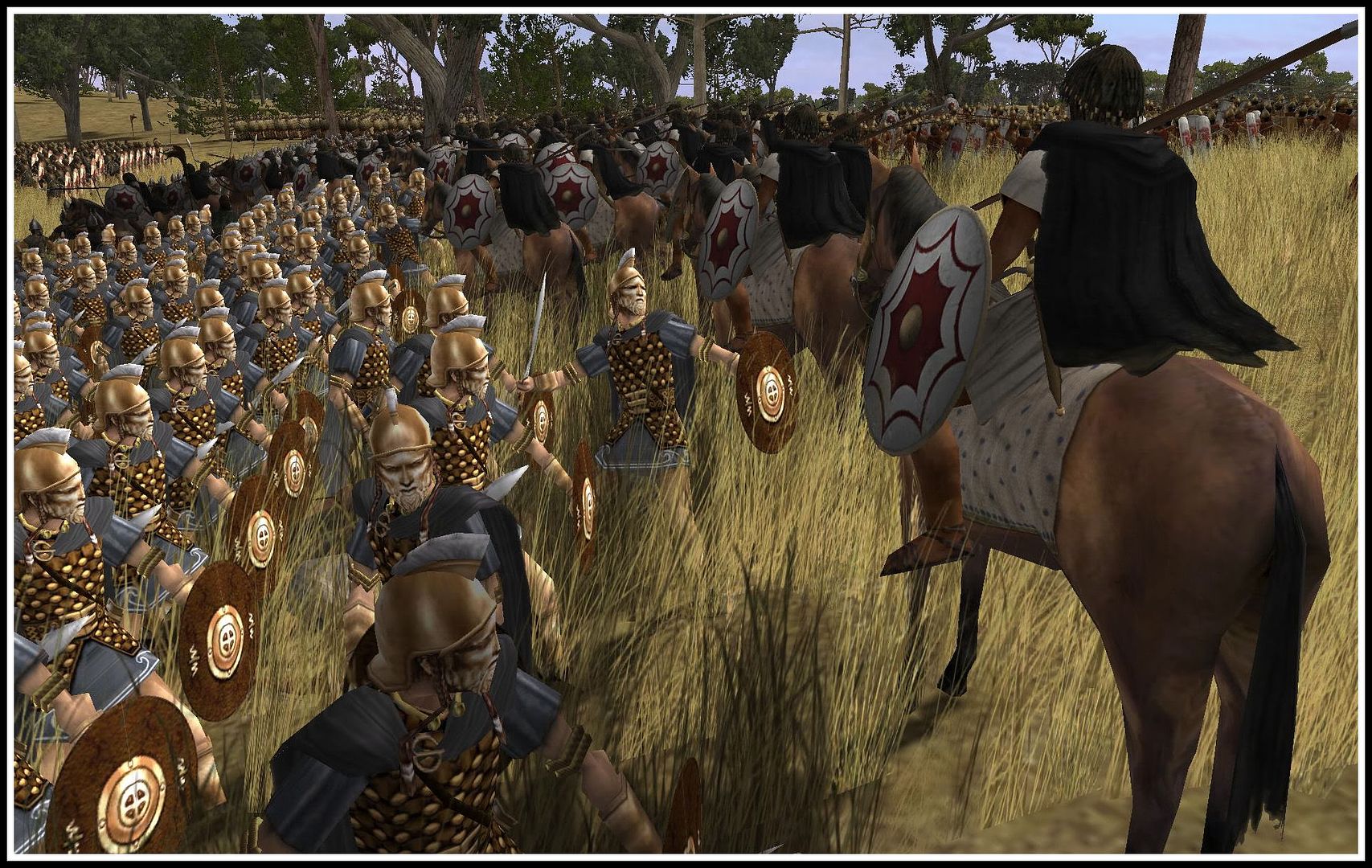
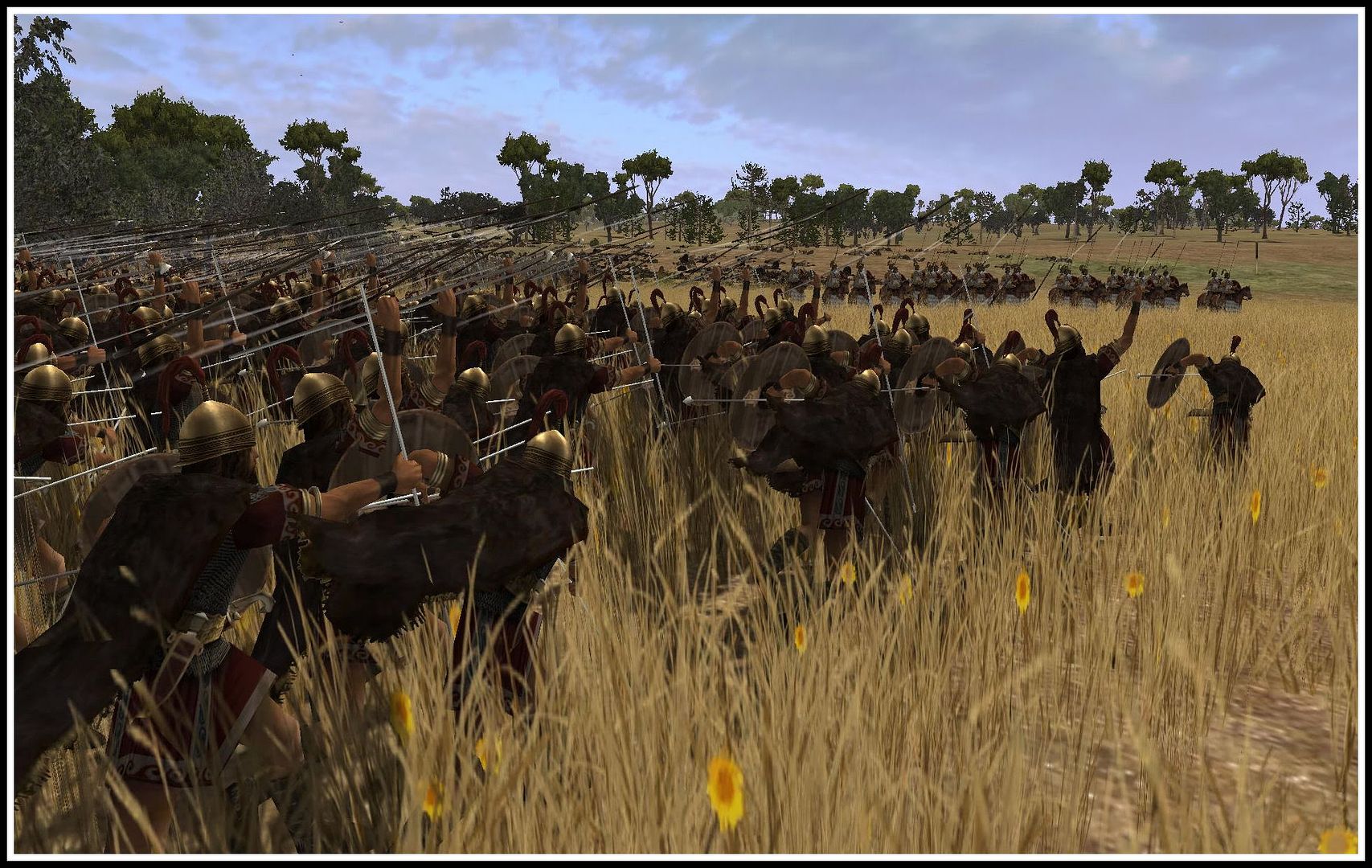
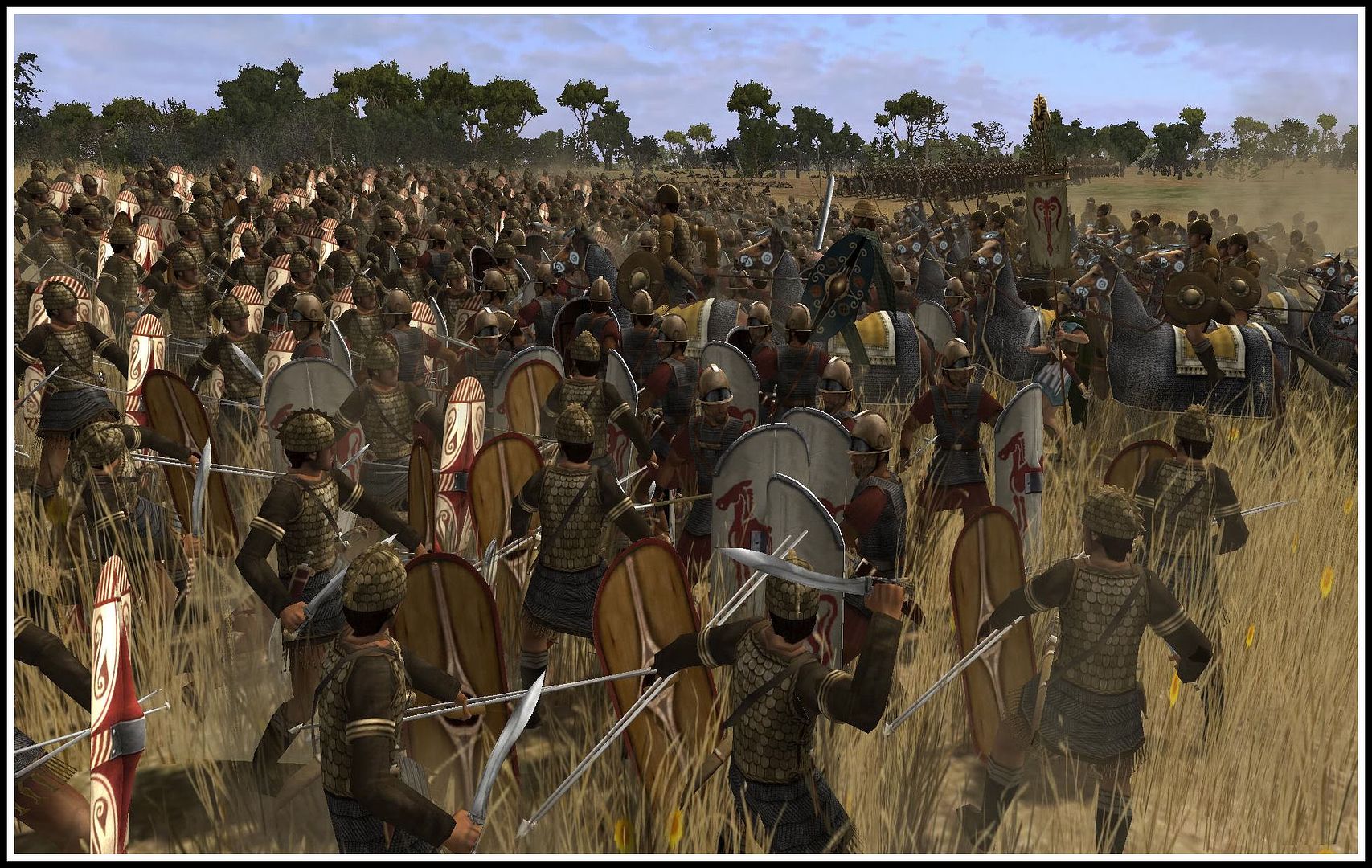




 Reply With Quote
Reply With Quote






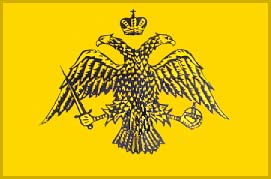



















 [/UR
[/UR








